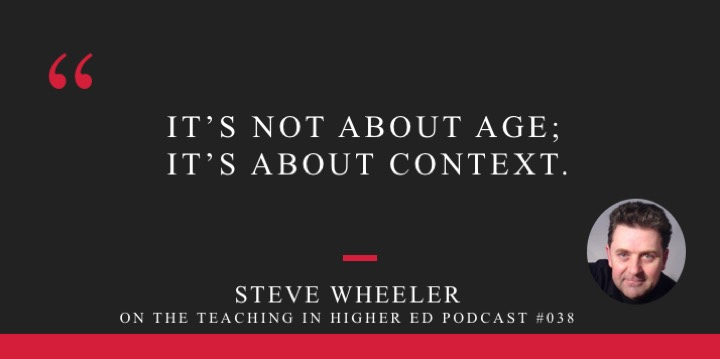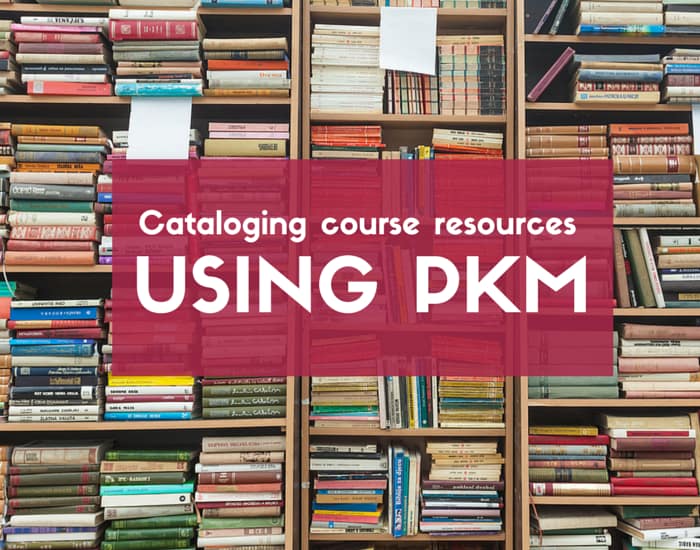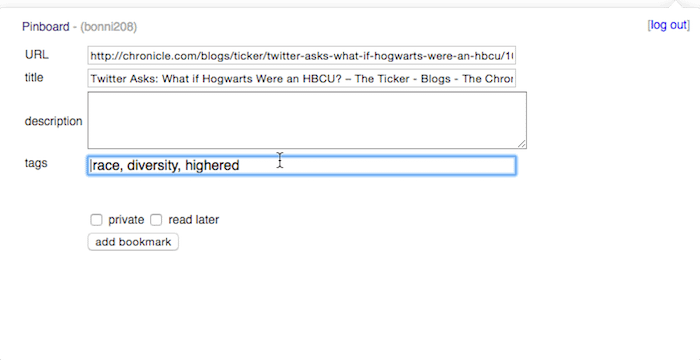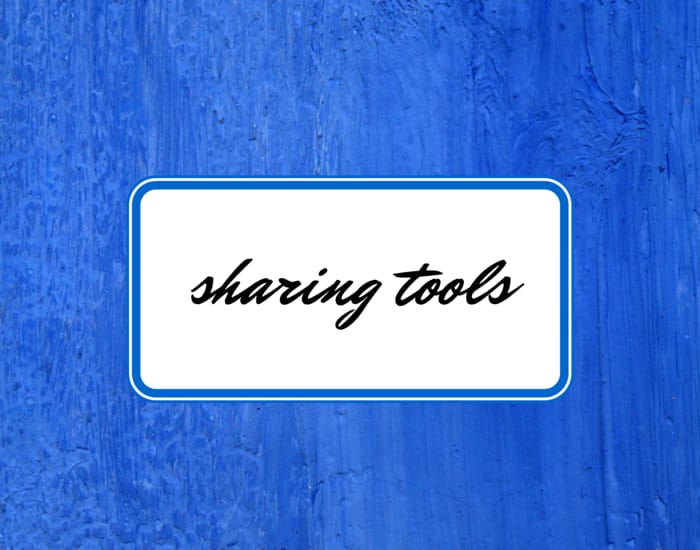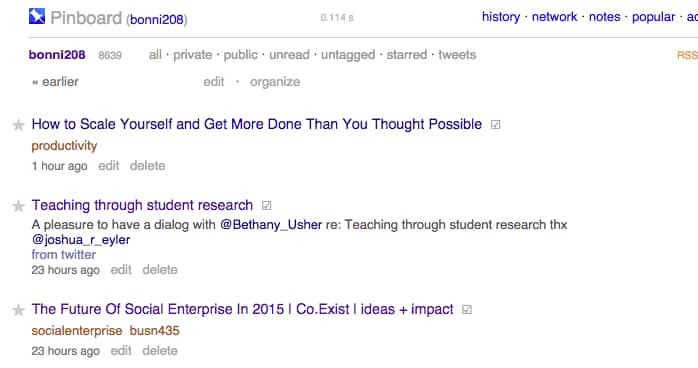In the interest of practicing the curation piece of my PKM system, I'm investing some time in reflecting back on a year of podcasting in 2015.
I'm grateful to each guest who accepted the invitation to be on the show.
As I consider what I want to take with me into 2016, I'm focusing on key lessons for me from 2015's Teaching in Higher Ed podcasts.
This is part one of a three-part series on lessons from the podcast. I'll share five lessons in each post, for a total of 15.
Lesson #1
Things are going to be messy and that's ok.
I shared with Jose Bowen about one of my bigger teaching failures. Instead of shaming me, he celebrated it and told me to keep it up.
I believe in noisy and messy classrooms. – Jose Bowen
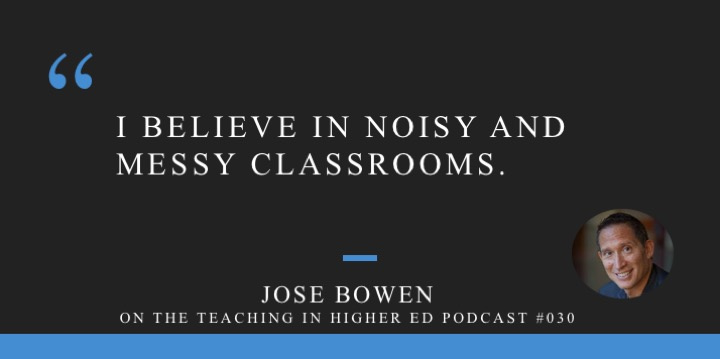
https://teachinginhighered.com/30
Lesson #2
There's a lot one can do with a timer.
Natalie Houston introduced me to the idea of using timers more in my teaching and productivity. When I'm meeting with students, I'll now set a timer on my Apple Watch. When it goes off, the student doesn't realize it, but I know to start to wrap things up to move on to my next commitment.
I am able to be more present for others in my life using timers. Plus, I can make sure I don't get too caught up in something solitary and miss out on other priorities.

https://teachinginhighered.com/34
Lesson #3
If you're I'm not having my students solve problems or the problems I'm having them solve lack interest to them, I'm missing the boat in my teaching.
2015 meant that I had the opportunity to speak with someone who I have admired from afar since I started teaching in higher ed more than a decade ago.
Ken Bain's voice has been in my head, ever since, encouraging me to create opportunities for students to solve problems that they find interesting or beautiful.
[Good teaching] is about having students answer questions or solving problems that they find intriguing, interesting, or beautiful. -Ken Bain
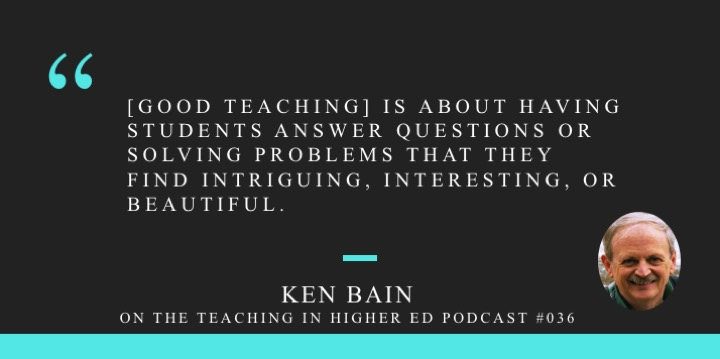
https://teachinginhighered.com/36
Lesson #4
Digital literacy is less about generations and more about context.
Steve Wheeler challenged the notion of digital natives on episode #38 and has had me thinking so much more about context ever since.
It’s not about age; it’s about context. -Steve Wheeler
https://teachinginhighered.com/38
Lesson #5
Keep content independent from an LMS and therefore more portable into whatever system comes my way.
Scott Self helped me see a whole new potential for using Evernote (or any cloud-based notebook system) in my teaching. He stressed keeping content out of LMSs, for the most part, since at any point, a university could decide to make a change to the system that they use, leaving all our course shell creations useless.
https://teachinginhighered.com/48
Part 2 – coming soon
Stay tuned for next week's post with part 2 of lessons learned from podcasting in 2015.
[reminder]What is a lesson you're taking from the Teaching in Higher Ed podcast into 2016? [/reminder]
